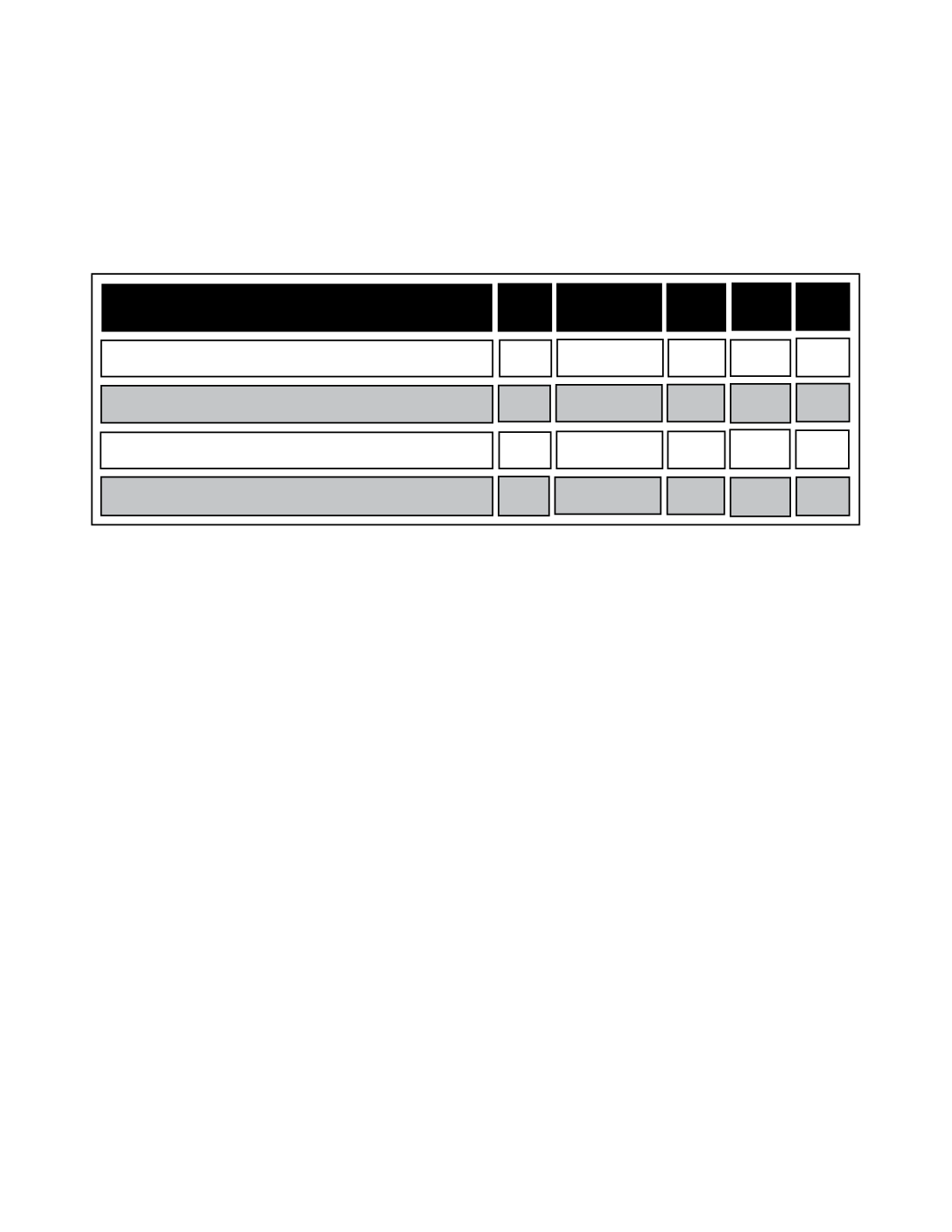
26 March 26, 2015 2015 Logan County Farm Outlook Magazine Lincoln Daily News.com
Acres
Crop
Conventional
Till
Mulch
Till
Ridge
Till
No
Till
Corn
700
$11,339
$9,512 $9,429 $6,573
Soybeans - wide row
300
$4,715 $3,932
$3,114 $2,097
Total Fuel Use
$16,050
$12,543
$13,440
$8,670
Potential Annual Fuel Savings over Conventional Tillage
$2,610 $3,507 $7,380
Fuel use estimates are based on average field and equipment conditions, average fertilizer and pesticide
applications, and normal crop yields. They do not include: fuel use associated with trips to your fields and
farm-to-market transport, irrigation, and, grain drying. They also do not consider differences in fuel use
associated with crop yields, soil texture, slope, field size and shape, implement width, tractor size, tire
inflation or driving techniques. Your actual fuel use may vary significantly from the value presented.
Diesel fuel cost per gallon: $
Total Diesel Fuel Cost Estimate (in dollars per year) based on $3.00/gallon
Conservation tillage was first introduced to promote
protecting soils from erosion. Today we know that
subsoil environments are improved substantially as
well.
One of the newer methods referred to as ‘Vertical
tillage’ involves disturbing less than a four-inch depth
with the primary purpose to put old stalks and residue
in better contact with the soil for decomposition. Row,
strip and mulch tilling provide like benefits.
Shallow or no-till methods improve soil structure
by building organic matter that increases nutrient
availability, creates a more stable and even moisture
environment, fosters other naturally occurring
structures that permit roots access to soil nutrients for
absorption.
Soil with layers of organic material and structure built
are less likely to become compacted even when heavy
equipment is used in wet seasons.
Soil and Water Conservation Chairman Doug
Thompson is a believer in no-till. He’s been
practicing no-till on his corn and soybean fields for
years. He notes that plant roots need to be able to
move through soils without too much resistance. One
of the benefits to no-till he has seen, is that after a time
the soil regains its native structure and becomes more
firm and resistant to compaction; all great conditions
for plant roots.
Traditional deep cultivation loosens up soil and makes
it much softer. So when heavy farm equipment travels
over it, it is more subject to compaction. Last fall’s
wet harvest played havoc for many farmers when
heavy equipment became stuck, some buried deep in
fields that by and far, Thompson noted, were fields
where conventional deep tillage, mostly chiseled, has
been the practice.
Before planting in the spring, these fields will need
more deep tillage to break up the compaction, which
sets up for a continuous cycle.
Thompson also noted that while tillage can aid
in controlling weeds during the growing season,
especially those that are herbicide resistant, deep
burying weed seeds by disking in the fall can keep
them coming back for many years, which will mean
more weed control costs each year. Additionally,
weed seeds that sprout on the surface are more easily
destroyed.
Continued to page 27


